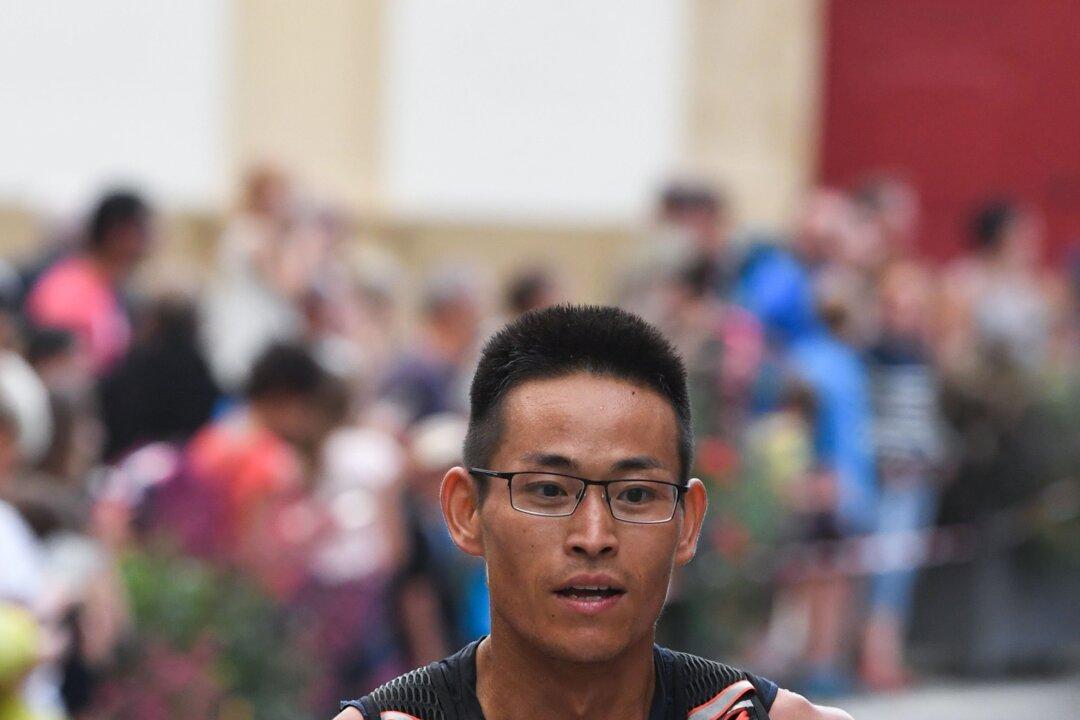Twenty-one ultramarathon runners, including China’s marathon champions, died at the Gansu cross-country mountain race as a result of extreme weather, the Chinese communist regime announced on May 23.
Liang Jing, 31, China’s ultramarathon record holder; Huang Guanjun, 34, winner of the men’s marathon for hearing-impaired runners at China’s 2019 National Paralympic Games; and top ultramarathon runners Huang Yinbin and Cao Pengfei were among the victims.





